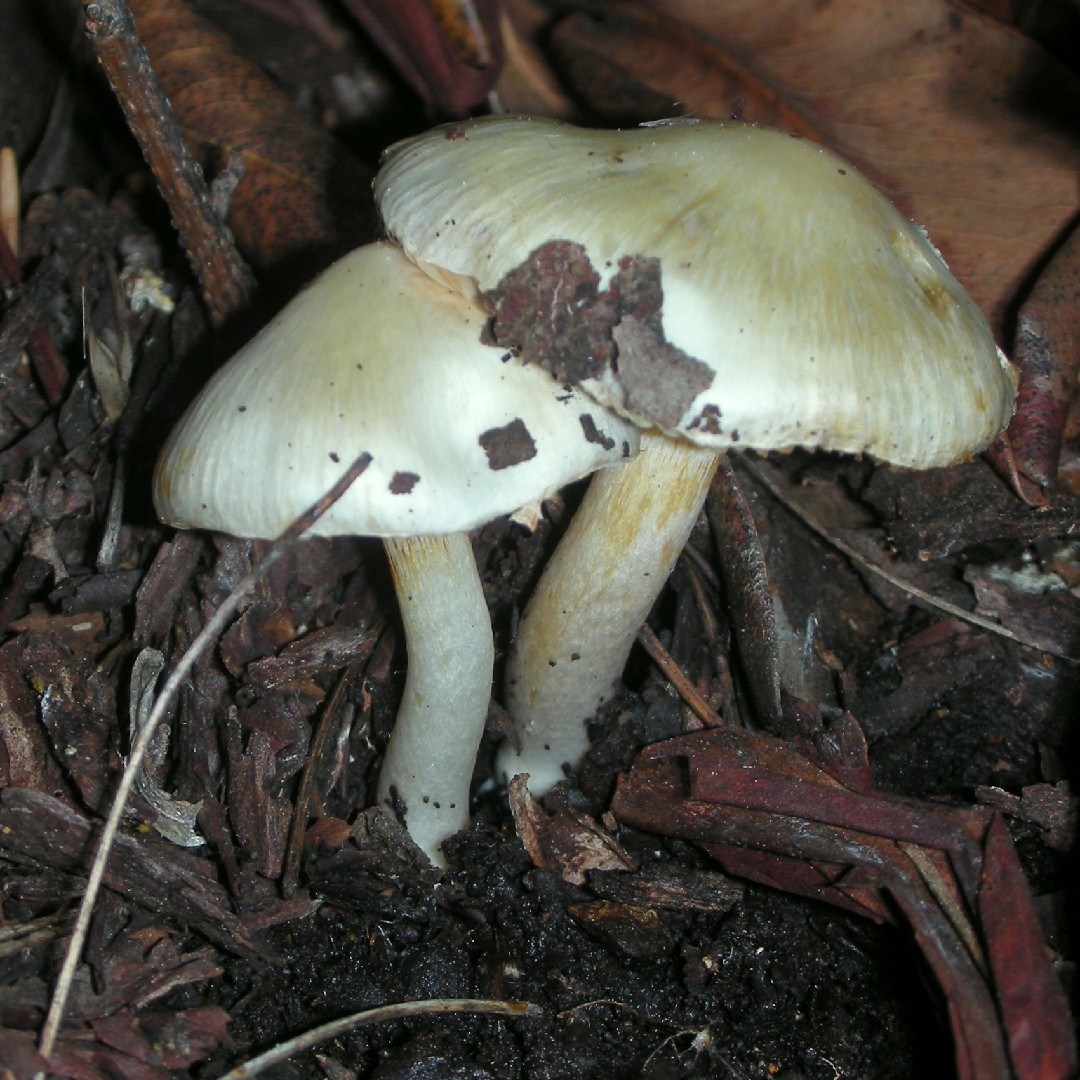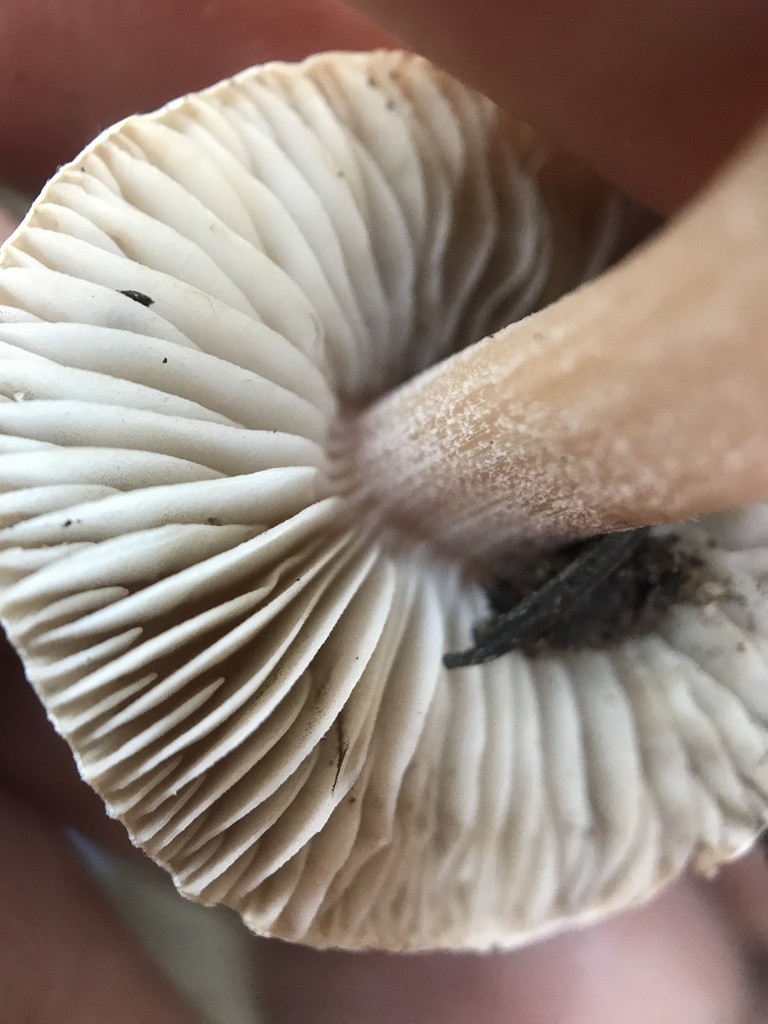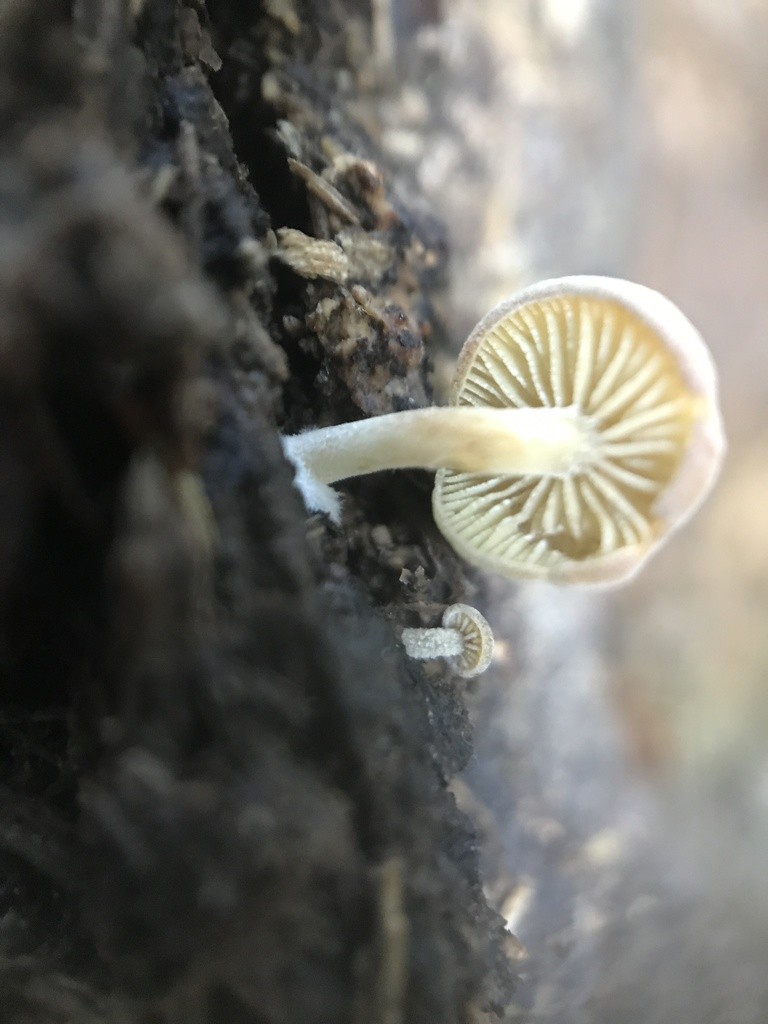Inocybaceae
Scientific name: Inocybaceae
Inocybaceae
Scientific name: Inocybaceae
 Photo By Ron Pastorino (Ronpast) , used under CC-BY-SA-3.0 /Cropped and compressed from original
Photo By Ron Pastorino (Ronpast) , used under CC-BY-SA-3.0 /Cropped and compressed from original Description
Its most famous species is inocybaceae . The cap is 1.02 - 4 cm in diameter and white or cream-colored with a silky texture, initially conical before flattening out to a more convex shape with a pronounced umbo (boss). The cap margins may split with age. The thin stripe is 1.02 - 6 cm high and 2.5 - 5 mm thick and lacks a ring. It has a small bulb at the base and often does not grow straight. The crowded gills are adnexed and cream-colored early, before darkening to a brownish color with the developing spores. The spore print is brown. The almond-shaped spores are smooth and measure around 9 × 5 μm. The faint smell has been likened to a meal, damp earth, or even described as spermatic. The white or cream flesh has an acrid taste and does not change color when cut or bruised.


